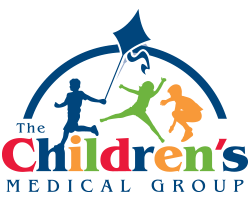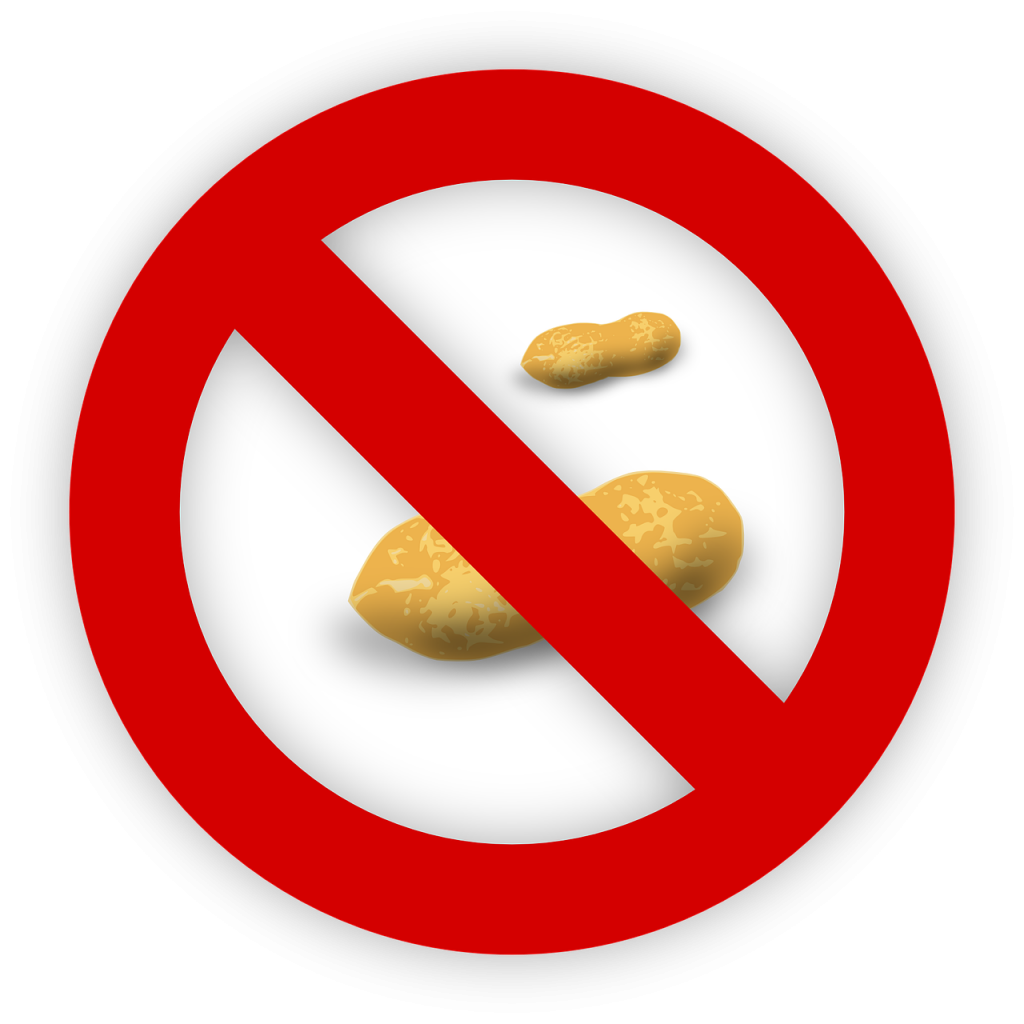There are many different types of food that may cause and allergic reaction in a child. The most common allergens are dairy, eggs, soy, wheat, nuts, poultry, seafood, and chocolate. It is important to understand what causes an allergic reaction, in order to diagnose it. An allergic reaction occurs when antibodies are produced by the body’s immune system, which react to a particular component in the food, or allergen. The body then releases chemicals that cause allergic symptoms like sneezing, coughing, runny nose, or itching. Some also experience severe stomach pain, bloating, cramping, skin rashes, diarrhea, and different degrees of swelling. Although it is more common for these reactions to occur immediately after ingesting an allergen, they can be delayed for hour or days.
It is difficult to diagnose a food allergy. Many of the symptoms caused by an allergy can mimic other disorders or conditions, making it difficult to pinpoint exactly what is causing the reaction. Often times, if you or your pediatrician suspects your child has a food allergy, you will be pointed towards an allergist. An allergist is a doctor who specializes in allergies and allergic reactions, and they are better equipped at diagnosing a specific allergy. The allergist may suggest an elimination diet as a first course of action. Al elimination diet is an at home procedure in which suspected foods are removed from your child’s diet for a period of time, and symptoms are closely monitored. If the suspected item that has been eliminated is the allergen in question, your child’s symptoms should subside. After several weeks of elimination, the suspected foods are then reintroduced one by one, and the reaction (if any) is evaluated to determine which food is causing the problem.
Another diagnostic option your allergist might suggest is a skin and blood test. Your child receives a small prick on their back or arm, and a liquid extract of the food in question is introduced. The doctor will then read the results, looking for allergic responses like swelling or itchiness to appear. It is important to know that while this test is widely accepted to diagnose airborne allergies, there is some controversy about its reliability in detecting food allergies. Another blood test, called the RAST test, mixes samples of your child’s blood with food extracts; this test is considered unreliable, as results can vary from laboratory to laboratory.
Once an allergen has been identified, your doctor will instruct you to remove it from your child’s diet. It is important to know that you must eliminate ALL foods containing this offending ingredient. If your child is allergic to eggs, you must check all product labels for the ingredient as well. A child that has an allergy to wheat gluten may have to avoid most grains; this includes cookies, cakes, pies, pasta, as well as some processed cheeses, salad dressings, as well as many other foods. It is a challenging task for a child to handle on their own, so it is important for the parents to be diligent in reading labels, and explaining to kids what they can and cannot have. This is especially important if your child is allergic to more than one food item.
Speak with your doctor about food alternatives; is a child who is allergic to eggs allowed to eat all egg substitutes? These are important questions you can discuss with your allergist or pediatrician. They will also be able to guide you towards foods that will fulfill the nutritional value that your child may lose if they are unable to eat certain foods.
If you suspect your child may have a food allergy, speak with your pediatrician immediately.


